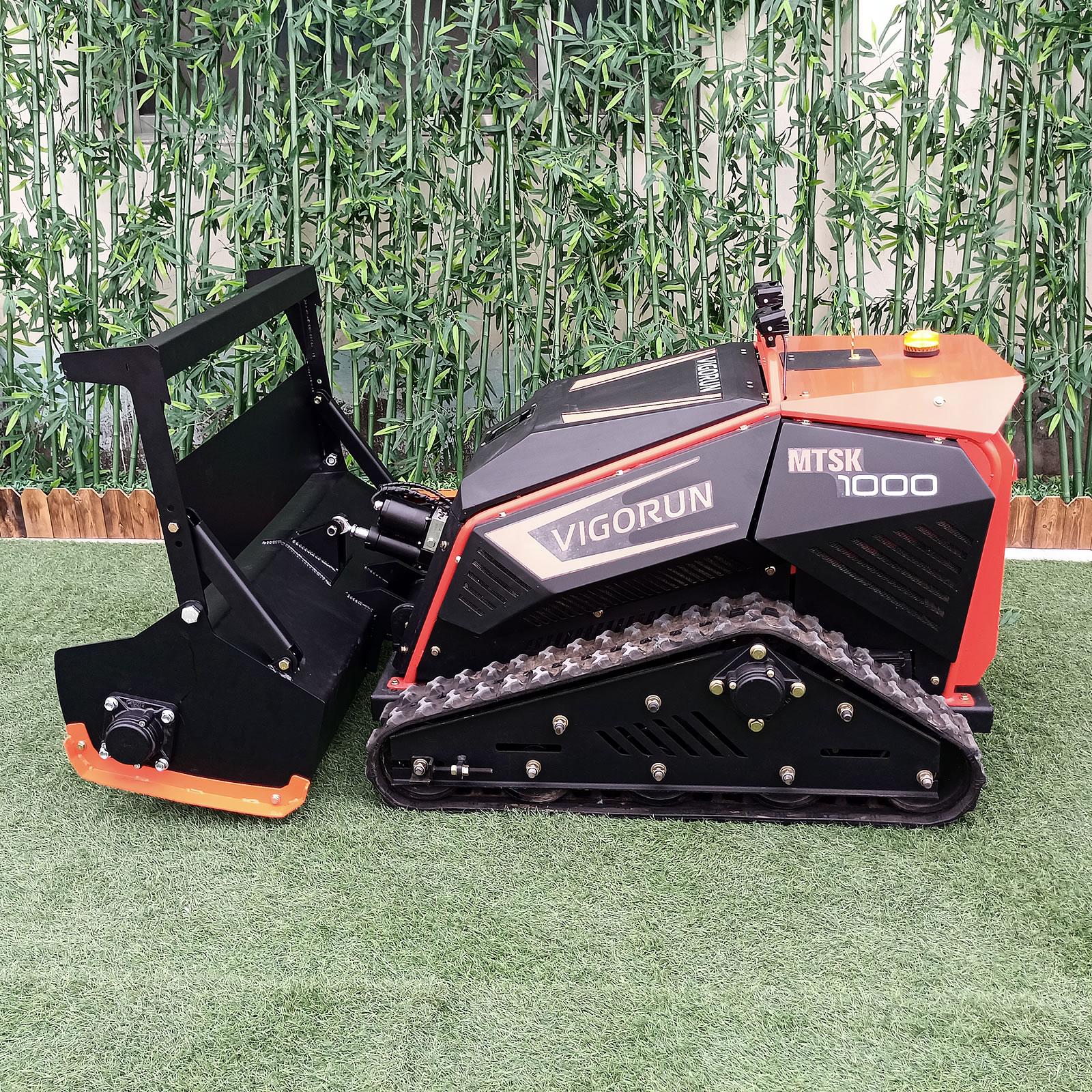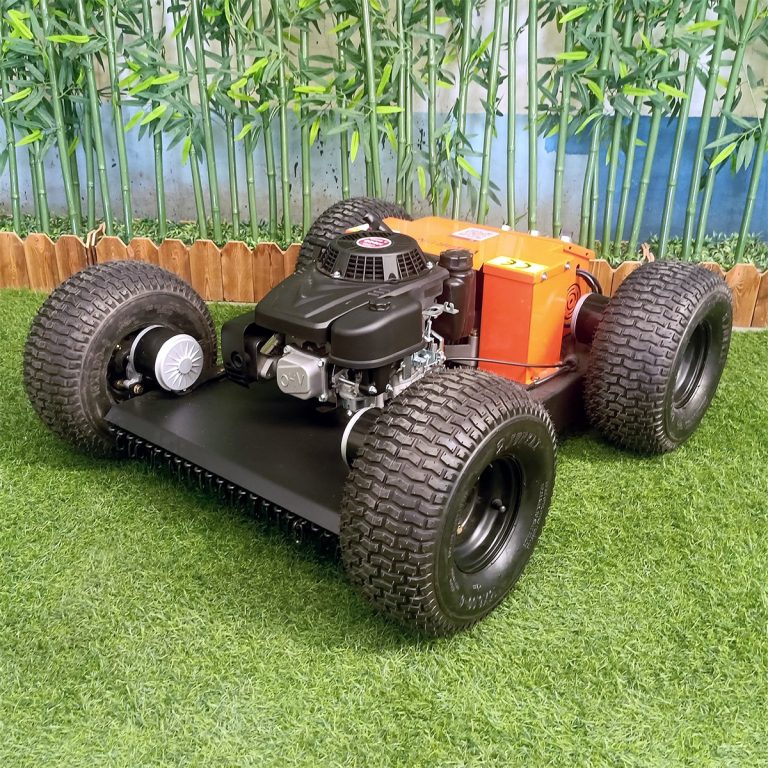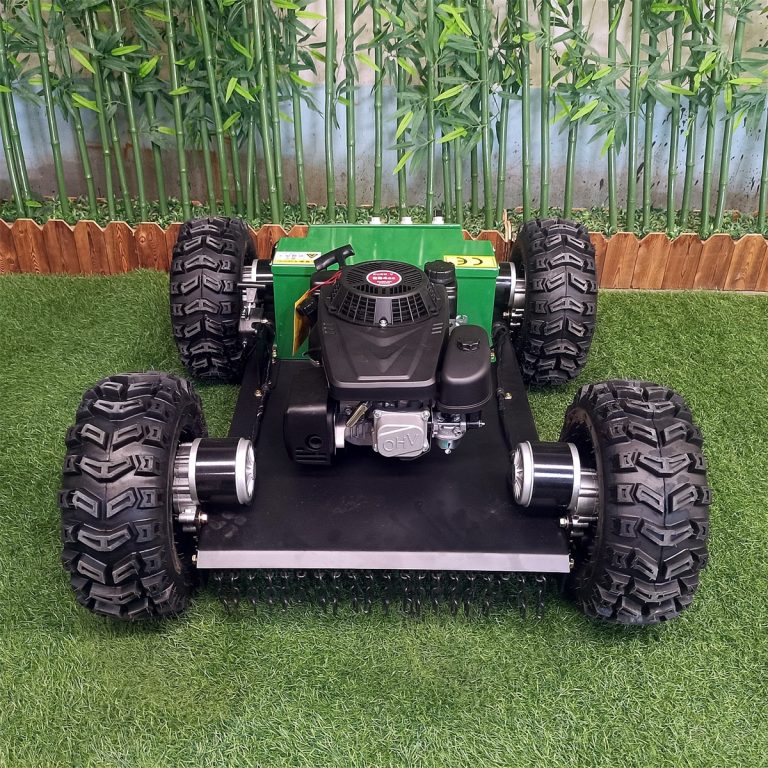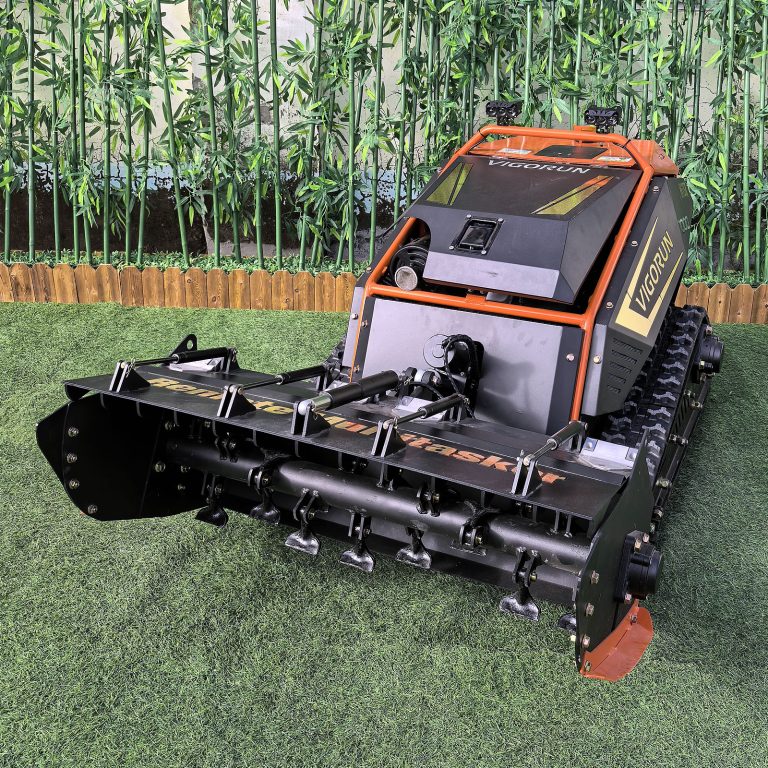Table of Contents
Features of the 2 Cylinder 4 Stroke Gasoline Engine
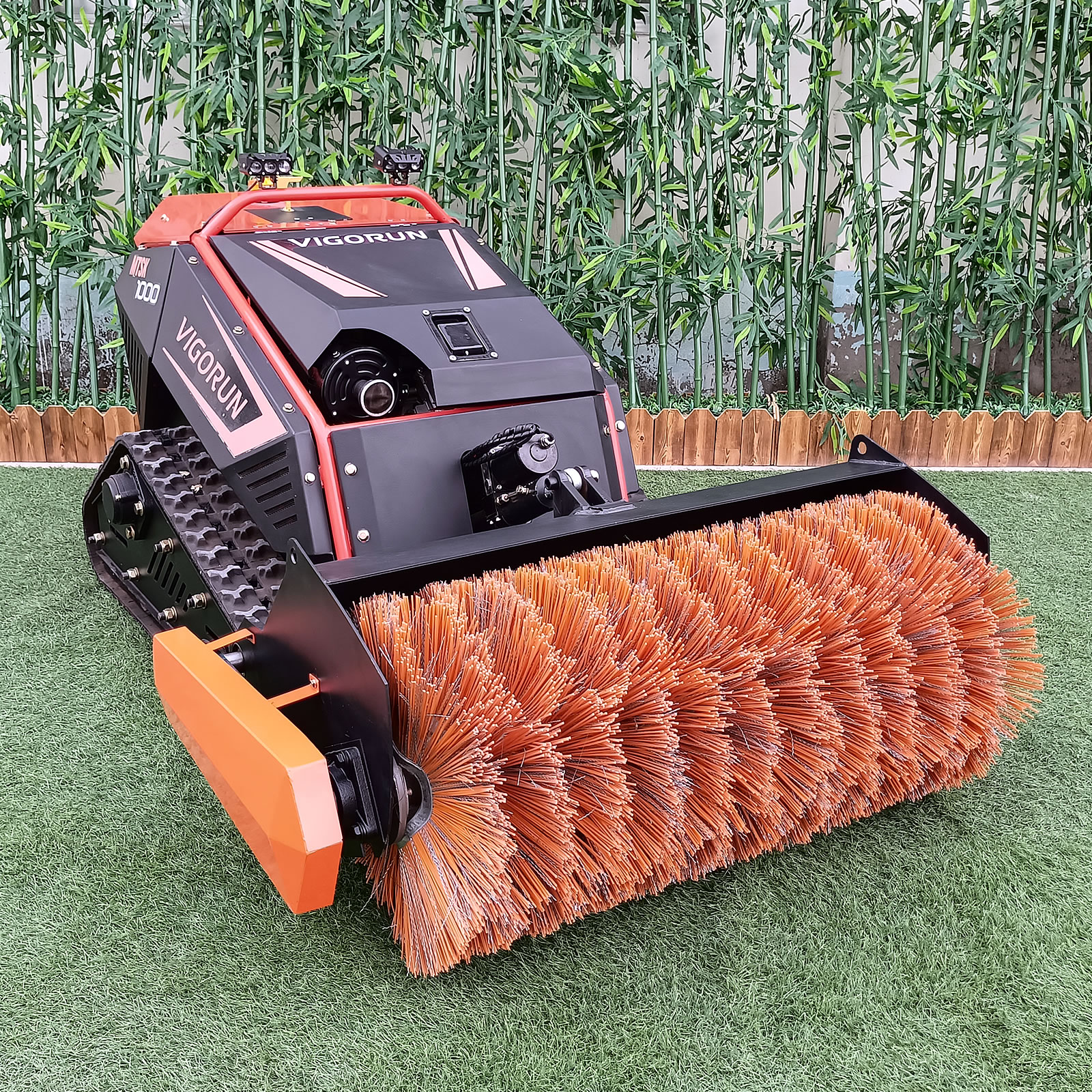 Moreover, the design of this engine allows for exceptional torque output, making it suitable for challenging terrains. Whether tackling steep hills or rugged landscapes, the engine’s performance remains consistent, providing users with confidence in its capabilities.
Moreover, the design of this engine allows for exceptional torque output, making it suitable for challenging terrains. Whether tackling steep hills or rugged landscapes, the engine’s performance remains consistent, providing users with confidence in its capabilities.
Advanced Technology and Safety Features
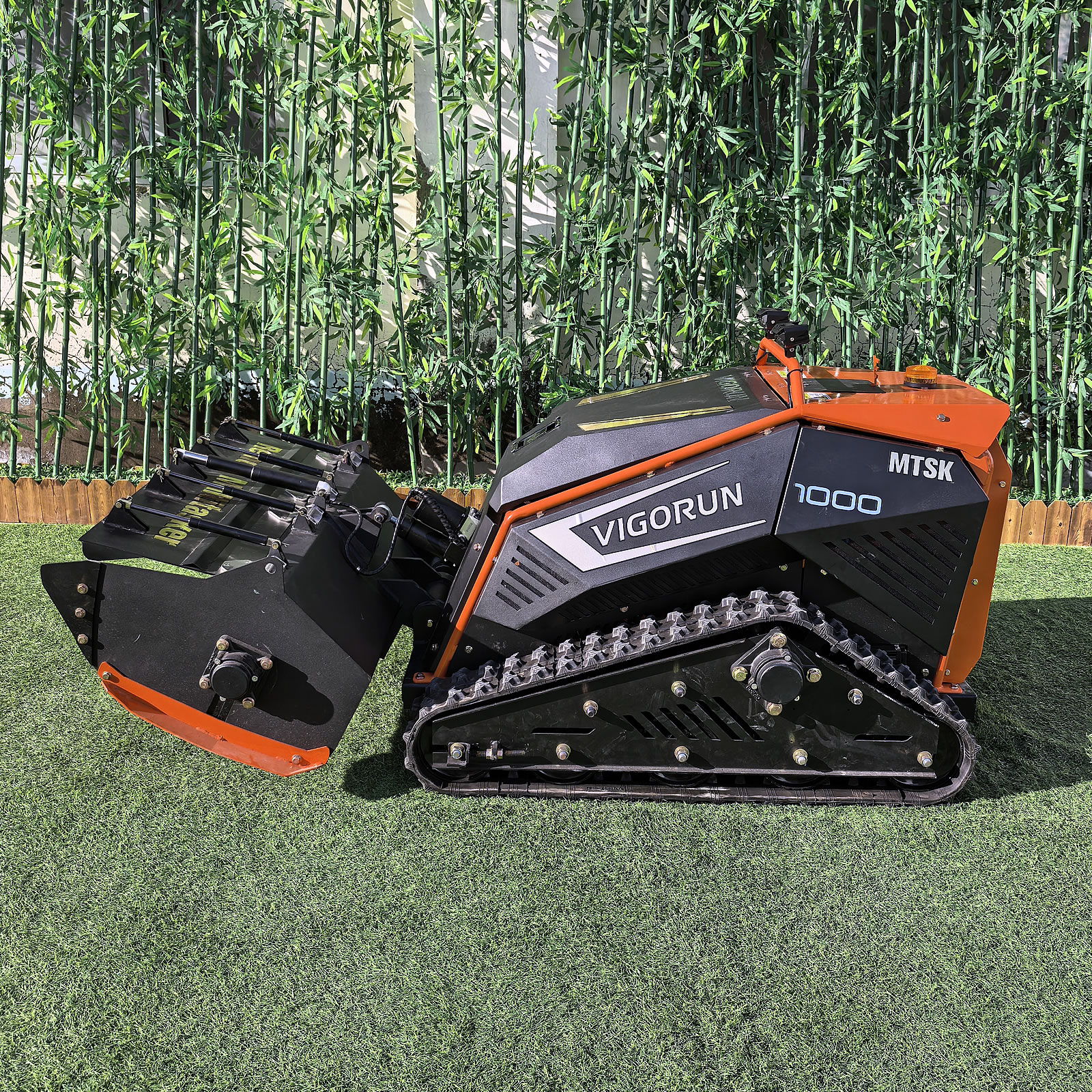
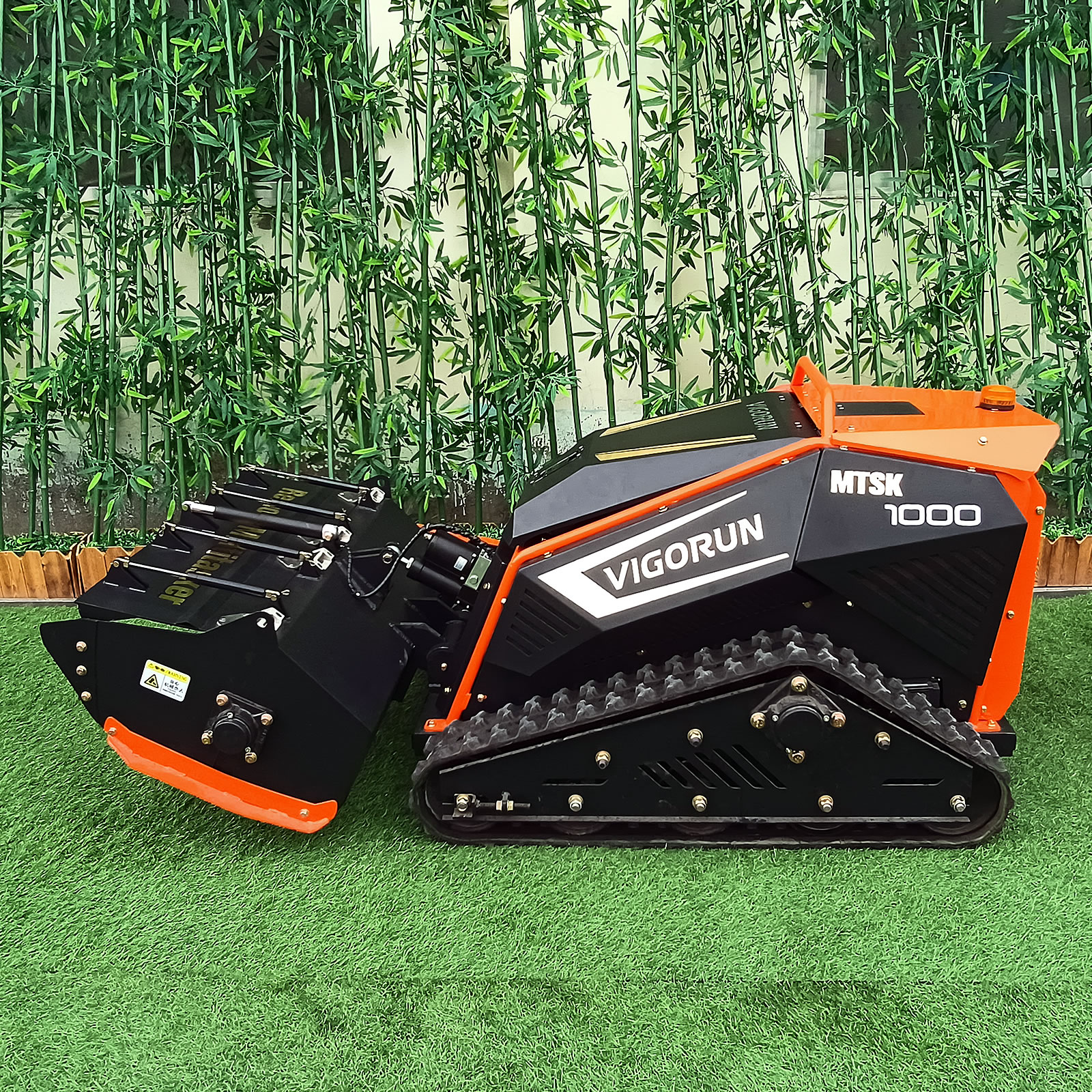 This innovative machine incorporates two powerful 48V 1500W servo motors, enhancing its climbing ability and overall functionality. The built-in self-locking mechanism ensures that the machine maintains its position until both power is activated and throttle is applied. This feature significantly improves safety by preventing unintended movement, allowing operators to focus on their tasks without concern for unexpected sliding.
This innovative machine incorporates two powerful 48V 1500W servo motors, enhancing its climbing ability and overall functionality. The built-in self-locking mechanism ensures that the machine maintains its position until both power is activated and throttle is applied. This feature significantly improves safety by preventing unintended movement, allowing operators to focus on their tasks without concern for unexpected sliding.
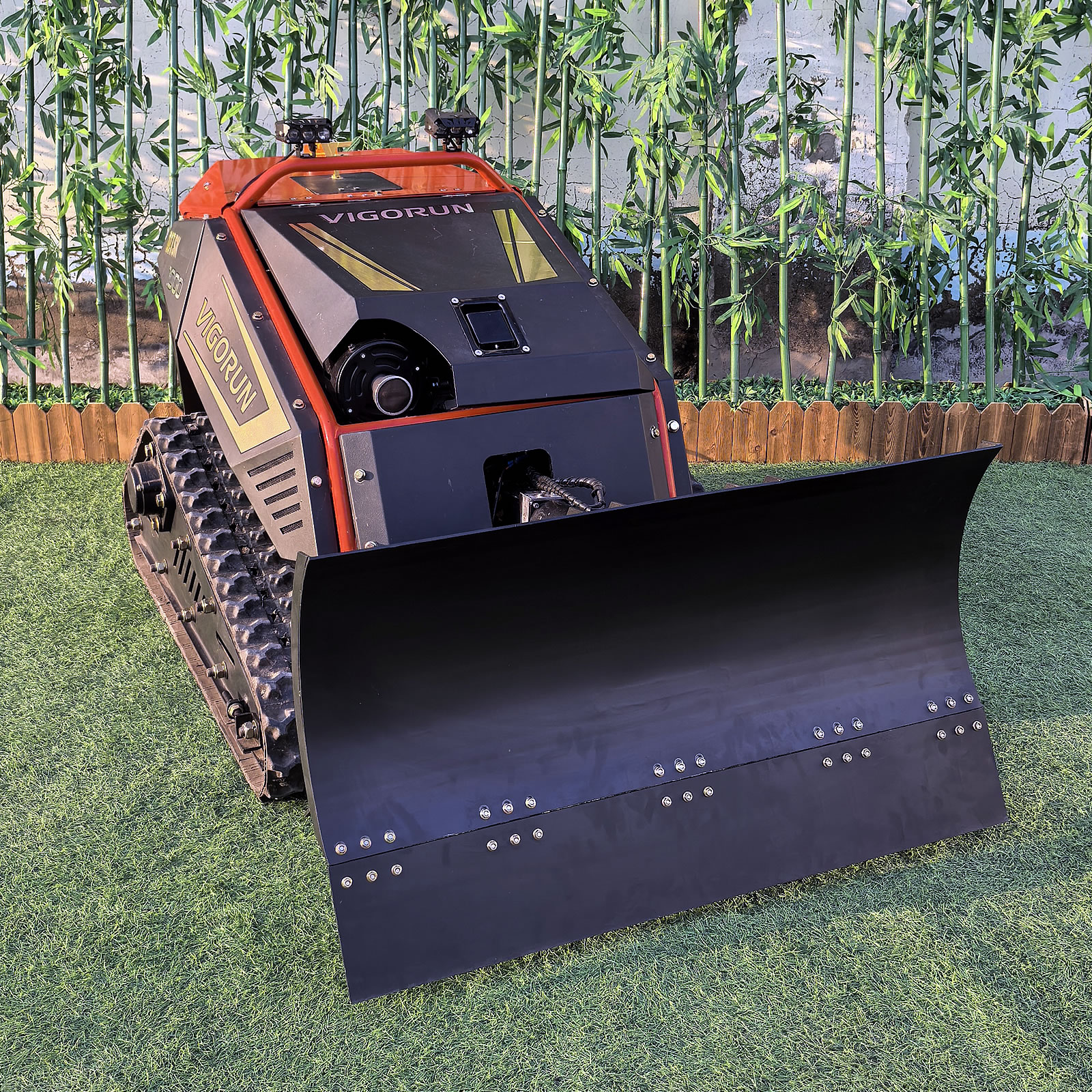 Additionally, the worm gear reducer amplifies the torque generated by the servo motors, enabling the machine to handle inclines with ease. Even in the event of a power loss, the mechanical self-locking feature prevents the machine from rolling downhill, further enhancing safety during operation. These characteristics make the 2 cylinder 4 stroke gasoline engine speed of travel 4km crawler remote operated flail mulcher a reliable choice for various environments.
The intelligent servo controller plays a crucial role in optimizing performance as well. It precisely manages motor speed and synchronizes the movement of the left and right tracks, allowing for straight-line travel without constant adjustments. This not only reduces the operator’s workload but also minimizes the risks associated with overcorrection on steep slopes.
Additionally, the worm gear reducer amplifies the torque generated by the servo motors, enabling the machine to handle inclines with ease. Even in the event of a power loss, the mechanical self-locking feature prevents the machine from rolling downhill, further enhancing safety during operation. These characteristics make the 2 cylinder 4 stroke gasoline engine speed of travel 4km crawler remote operated flail mulcher a reliable choice for various environments.
The intelligent servo controller plays a crucial role in optimizing performance as well. It precisely manages motor speed and synchronizes the movement of the left and right tracks, allowing for straight-line travel without constant adjustments. This not only reduces the operator’s workload but also minimizes the risks associated with overcorrection on steep slopes.
